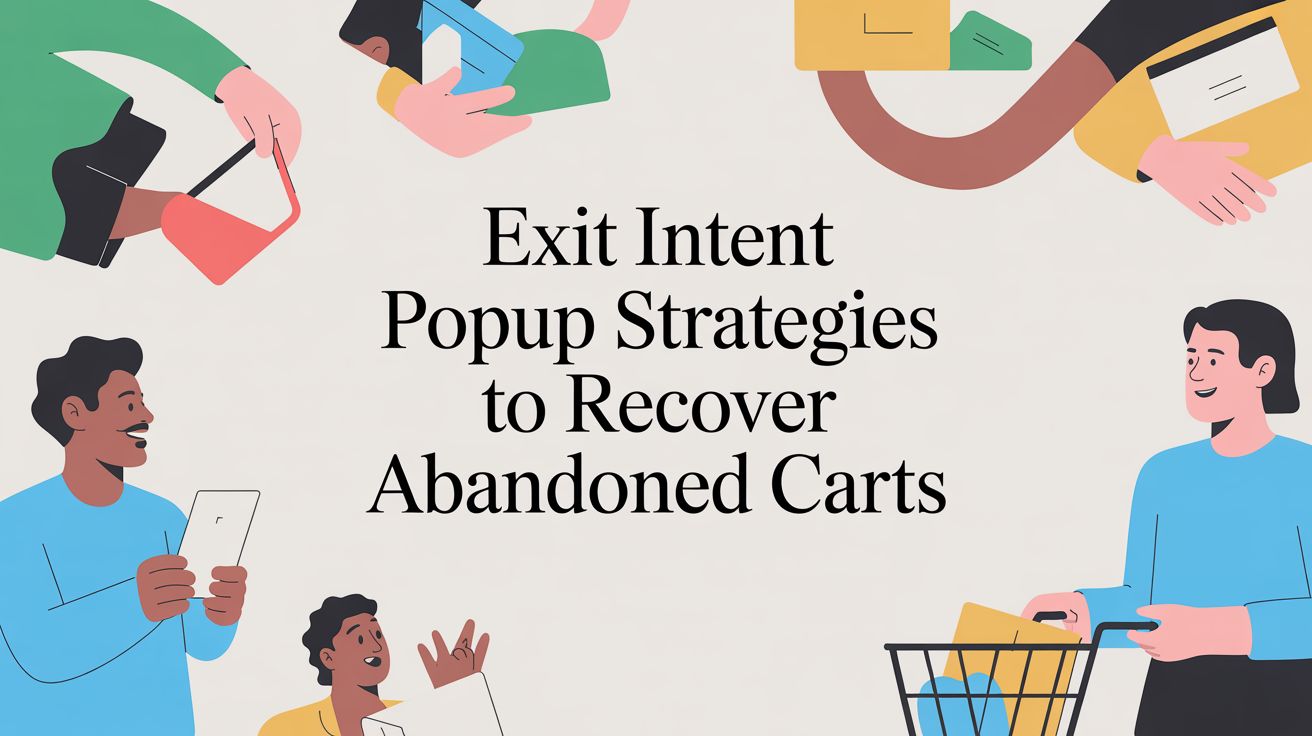
Top trends for retail marketers to watch in 2020

As 2019 ends, marketers are preparing for what the new decade has in store for them.
This past year was full of innovation within retail, which gave brands an opportunity to surprise and delight their customers by connecting with them in new ways.
To keep consumers engaged throughout 2020, here are a few trends marketers in the retail space should stay ahead of:
Subscription services
There has been a rise in retailers offering products in subscription boxes, which come in a variety of formats.
Some companies, like Dollar Shave Club and Quip, make it more convenient to refill items consumers regularly buy from stores. Others offer a more personalized and surprising experience in the form of boxes like Stitch Fix. Plus now, consumers can even rent clothes from bigger brands, like American Eagle.
As the number of companies experimenting with subscription services increases, consumers seem to be responding positively.
“25% of respondents in the U.S. currently subscribe to subscription boxes,” according to a First Insight study published in March 2019.
The people buying-in tend to be younger. The data shows 31% of millennials subscribed to subscription boxes versus 21% of Generation X and 8% of baby boomers.
Overall, 32% of First Insight’s participants said they intended to subscribe within the year.
The report stated: “When looking at generational breakdowns, 38% of millennials, 28% of Generation X and 22% of baby boomers in the U.S. plan to subscribe in the next six months.”
Whether subscription services can survive in the long-term will depend on marketers’ ability to keep consumers from canceling their recurring orders.
Buying from social media
As technology becomes an increasingly important part of consumers’ lives, more brands are utilizing social media — through sponsored content and influencer ads — to sell their products.
“Instagram's influencer-sponsored posts in North America surged 150% in Q1 from a year earlier as brands partnered with social influencers to reach social-media audiences,” per a study that social media marketing platform Socialbakers shared with Mobile Marketer.
“The number of influencers using the #ad hashtag to denote a sponsored post jumped 133% in 2018.”
All of this comes at a time when platforms continue to iterate how consumers engage with retail on social media.
While Instagram experiments with discontinuing likes and creating a more seamless experience to buy products straight from the app, it will be interesting to see how marketers innovate in this space through the New Year.
Loyalty Programs
Retailers have discovered they not only benefit from loyalty programs but so do their customers.
A CFI Group and Radial study shows that “retail loyalty members are 12% more satisfied, 10% more loyal, and 13% more willing to recommend a retailer than other customers.”
The study suggests retailers can attract more customers to their loyalty programs by offering faster deliveries, personalizing customer service and leveraging multiple return options.
While this research indicates loyalty programs make for more satisfied customers, 38% of consumers said they “generally avoid participating in retail loyalty programs.”
The reason? “Many customers just don't see enough value being offered in loyalty programs to make it worth joining.”
Notably, that hasn’t stopped big businesses from investing. Reuters reports: “Over the past two years, major U.S. retailers, including Macy’s, Nordstrom, Kohl’s Corp and others, have spent billions of dollars to overhaul existing programs or launch new loyalty schemes.”
“According to estimates compiled by market intelligence firm Beroe, the U.S. loyalty program market was worth between $47 billion and $55 billion in 2018 in terms of spending by companies and sector analysts expect it to keep growing by 2 percent to 4 percent a year between 2018-2020,” as affirmed by the article.
Mobile device apps
In 2019, more consumers are downloading retailer apps to their phones and buying from brands directly.
Findings from Synchrony published in August 2018 showed that 67% of consumers downloaded a retailer app on their phone that year.
“More than half of those did so specifically for a coupon or discount offer,” per the research. “Nearly half of consumers that have downloaded a retailer’s app use it for purchases.”
The study also found consumers were using four retailer apps on average, which was more than double from the year before.
This trend will likely continue through the decade as online ordering and shopping from mobile devices steadily increases.
Personalization
A hyper-personalized experience in online retail became the norm in the last decade.
An article published by McKinsey & Company attributes this to “advances in technology, data, and analytics” which allow marketers to create a “much more personal and ‘human’ experiences across moments, channels, and buying stages.”
They also predict this trend will go beyond the internet: “Physical spaces will be reconceived, and customer journeys will be supported far beyond a brand’s front door.”
Research from Monetate and WBR Research supports these expectations because of its profitable outcome. In fact, “93% of businesses with advanced personalization strategies increased their revenue last year.”
From the emails people receive to the ads that appear on their homepages, what one customer sees can differ from the next — even if their age and gender might be juxtaposed.
One thing is for sure in 2020, companies will continue to collect data on customers and target them in very specific ways to support their marketing strategies.
Values and stories
The last trend retail marketers should keep an eye on has to do with the moral values of the companies they work for and the story behind what they’re selling.
Narratives around products that are more eco-friendly, cruelty-free, and donation-based will most certainly continue. Additionally, if a company appears to be supporting communities and fostering health and wellness, consumers will be more apt to buy their product.
Not only does this humanize a brand, but it also makes consumers feel good about buying said products and, in turn, themselves.
The reason for this can be boiled down to consumer psychology.
Consumer Psychologist Dante Pirouz explained that brands and products become an extension of a consumer’s self-identity.
If a person loves the brand, that means it has become an integral part of self. When marketers work to help consumers lead better lives and reach personal goals, they’re able to co-create a climate that is beneficial for the buyer and their loyalty to the brand.
“There’s a lot of great marketing leaders saying, ‘Hey, we’re here as a reflection of you,’ ” she said. “Whatever matters to you in your life, we’re here to make that better.”
As we enter 2020, retail marketers can expect innovative trends based on technology, connectivity, and convenience to continue.

Andrea Gonzales-Paul is a brand journalist at Quikly. Her background is in storytelling, specifically working in TV news and documentary filmmaking.

